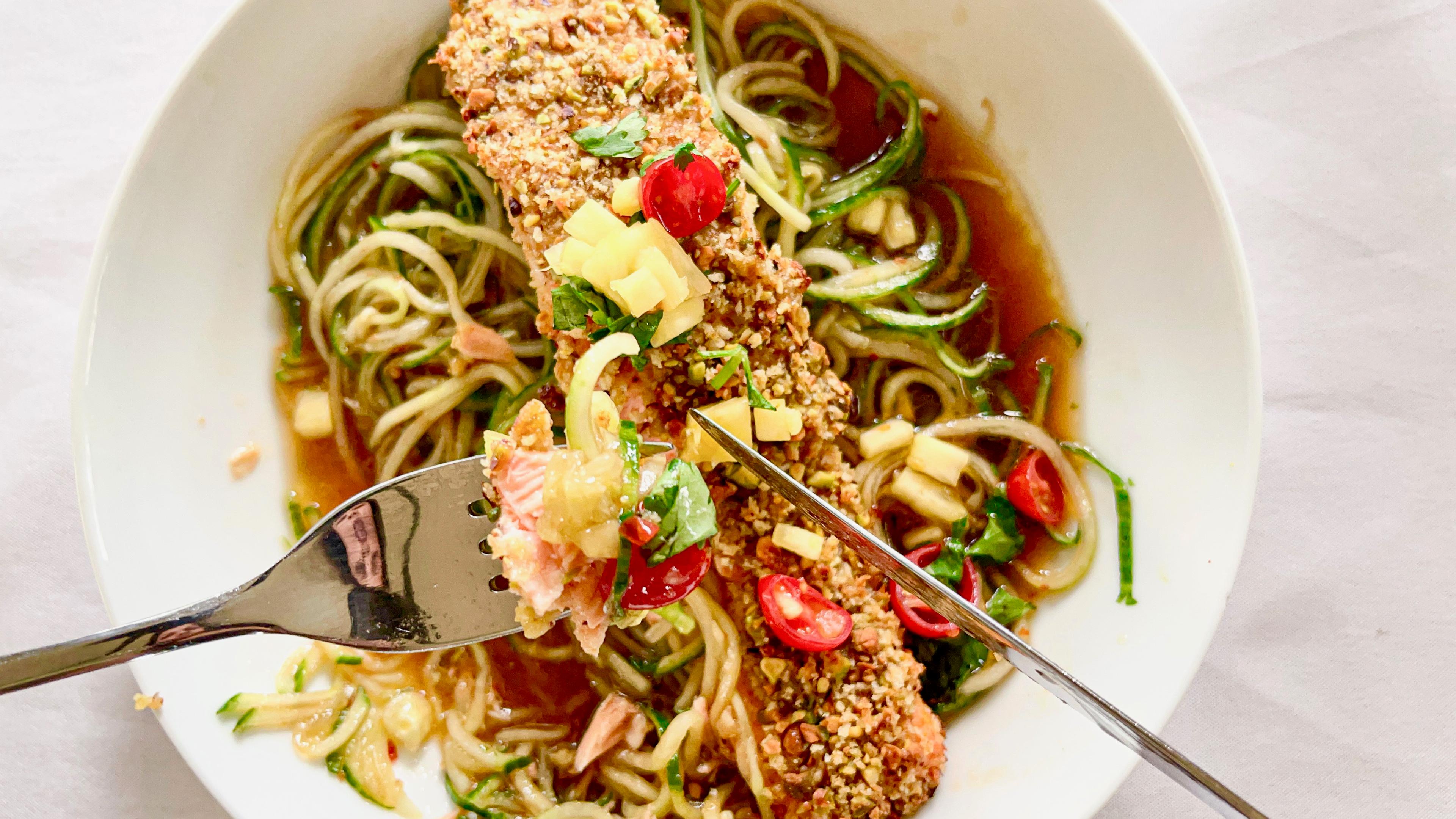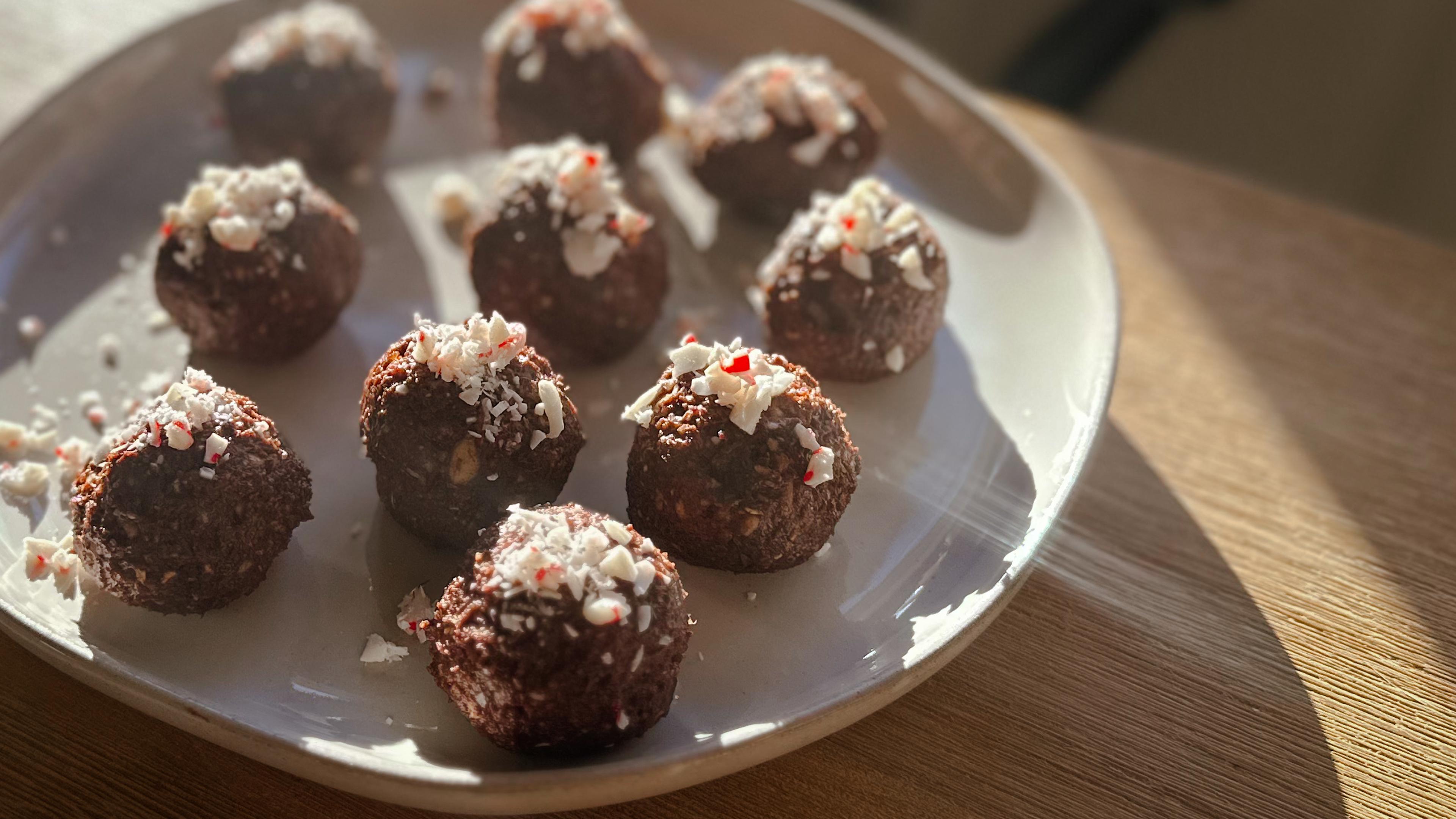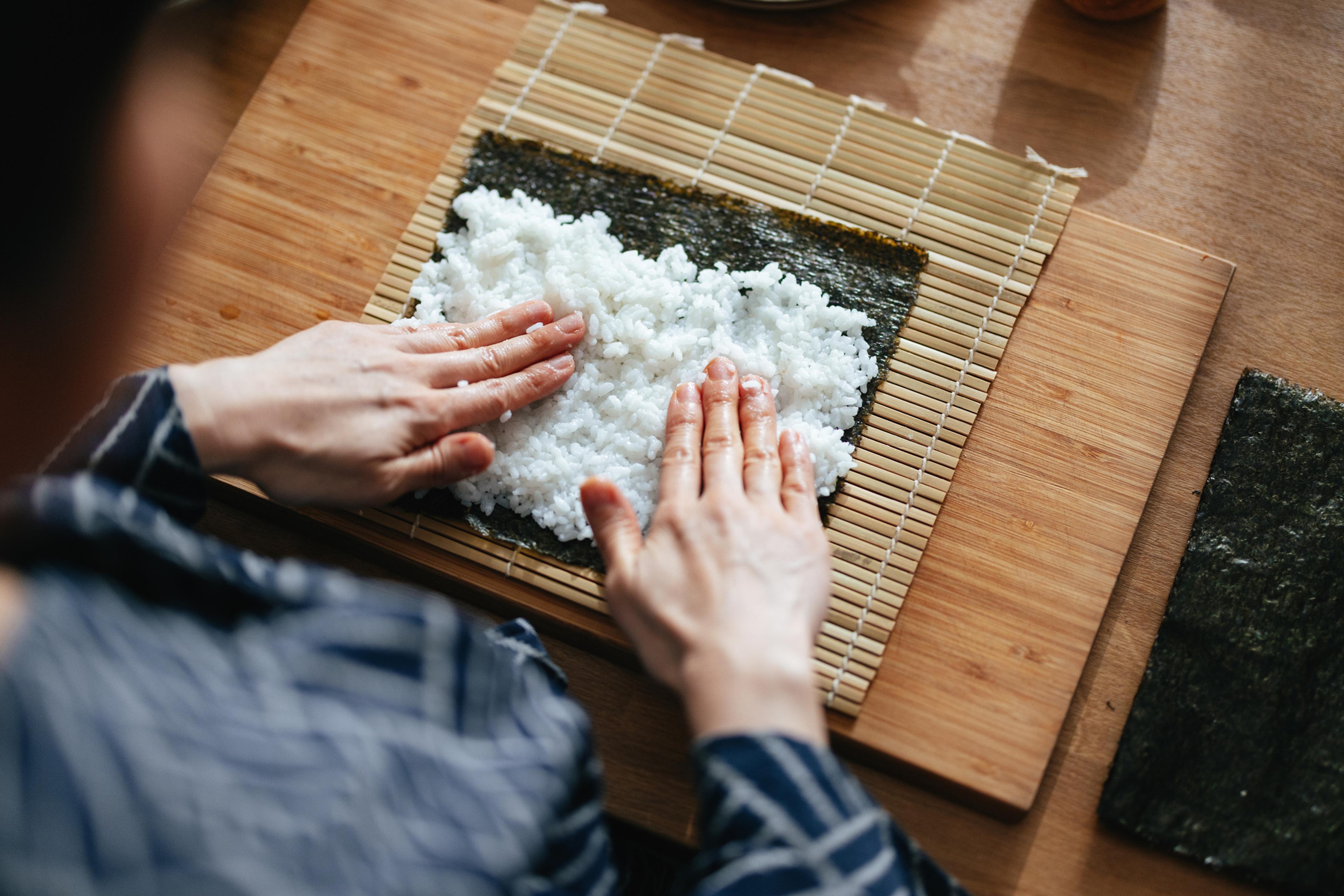How to Make Zucchini Noodles
A Healthier Michigan
| 5 min read


Medically reviewed by Shanthi Appelo, MS, RD
Zucchini noodles, also known as "zoodles," have gained popularity as a low-carb and gluten-free alternative to traditional pasta. They are typically made by spiralizing zucchinis and are both nutritious and easy to prepare.
Zucchini is rich in antioxidants, vitamins and minerals. Cooked zucchini is particularly high in vitamin A. There are many options for what to serve with zucchini noodles. You can pair them with a protein, sauce or even mix them with regular pasta. If you're wondering how to cook zoodles, you've come to the right place.
How to make zucchini noodles with a spiralizer
There are a variety of products on the market that will spiralizer your veggies, including hand-crank models, as well as accessories that pair with your electric appliances. To use a spiralizer, simply cut off the ends of a zucchini, place into the blade and spin. Follow the instructions provided.
How to make zucchini noodles with a julienne peeler
If you don’t own a spiralizer and want to make zoodles, using a julienne peeler is another one of the best ways to cook zoodles. A julienne peeler is similar in appearance to a traditional peeler, but has a blade fitted with small teeth to cut your vegetables into thin strips. A julienne peeler will provide straighter, more delicate zucchini noodles compared to the more spaghetti-shaped zoodles from a spiralizer. Be sure to use hand protection when handling the julienne peeler. Follow these steps:
- Using a knife, cut the bottom and top off the zucchini.
- Hold the julienne peeler in one hand.
- Run it from the top of the zucchini to the bottom, making thin strips as you go.
- Use your other hand to hold the zucchini down at the top away from the path of the blade.
How to make zucchini noodles with a mandolin
A mandolin is a kitchen tool that can be used to slice food into a variety of ways. Their flat, compact shape makes them easy to store. They make lasagna-like zucchini noodles, but most have a julienne blade you can attach for more spaghetti-like noodles. Use a mandolin to cut thin slices of the zucchini, lengthwise. Place these slices stacked on a cutting board and cut with a knife. Be sure to use hand protection when handling the mandolin.
How to cook zucchini noodles
Removing excess moisture from the noodles is ideal for a more "al-dente" noodle. To help draw out excess moisture from the zucchinis, sprinkle a dash of salt over the zoodles, toss and place them in a colander to sit for about 10 to 15 minutes. Use a paper towel to wrap and gently squeeze the zoodles to remove any remaining moisture.
Every method used to cook zucchini noodles results in a different texture and flavor profile. The best method to choose often depends on the end use or recipe that calls for the zucchini noodles. Zucchini noodles can be eaten raw but also cooked in a few different methods:
Microwaved zucchini noodles
After removing excess moisture, transfer the zoodles into a microwave-safe bowl and cover it with a microwave-safe lid. There should be enough space inside the bowl for the zoodles to expand while cooking. Place the bowl in the microwave and cook on high for 1 to 2 minutes. Check to see if they are done. They should be tender but not mushy.
Sauteed zucchini noodles
Sautéing zucchini noodles is a quick method that preserves a crispy exterior. Start by heating 1 tablespoon of olive oil in a medium skillet set over medium heat. Add zucchini noodles and stir in with the olive oil as you cook. Cook until just tender, yet still crisp, about 5 minutes. Add salt at the end if desired and according to health preferences. If using frozen zucchini noodles, start by heating the pan to medium-high heat. Once hot, add the noodles to remove excess water, stirring continuously for a few minutes to prevent the noodles from burning. Turn the temperature down to medium-low, then add olive oil and cook for a few minutes. Once done, add salt according to taste and health preferences.
Blanched zucchini noodles
Boiling zucchini noodles is a popular option for those who prefer a softer texture. Bring a large pot of water to a boil over high heat. Season the water with salt according to preference and health needs. Add the zucchini noodles and cook until the noodles are crisp tender, 1 to 2 minutes. Be cautious not to overcook them or they will become mushy. Use tongs to immediately transfer the zoodles to a large bowl filled with ice water to stop the cooking process and prevent sogging. Drain the zoodles and season if desired before serving.
Baked zucchini noodles
Baking zucchini noodles is an excellent option if you want to incorporate them into larger baked dishes such as casseroles. Preheat your oven to 350 or 400 degrees Fahrenheit. Toss the zucchini noodles with olive oil if desired. Next, spread the zoodles on a baking sheet lined with parchment paper and bake for approximately 10 to 15 minutes until tender and softened, checking halfway through. Salt to taste when done.
How to store zucchini noodles
You can store raw or cooked zoodles in an airtight container in the refrigerator for three to five days. To absorb any excess moisture, place a paper towel on top of the zoodles before sealing the container. This helps prevent them from becoming soggy.
If you want to store your zoodles for an extended period, freezing them is a great option. Before transferring the zoodles to a freezer-safe container, lay them in a single layer on a baking sheet lined with parchment paper. Avoid overcrowding the zoodles and freeze them for one to two hours. This step helps prevent them from clumping together when stored long-term.
Once transferred into a sealed container, they will last up to three months in the freezer. To thaw the frozen zoodles, simply transfer the desired portion to the refrigerator the night before you plan to use them. You can also cook them directly from frozen by adding a few extra minutes to the cooking time.
Photo credit: Getty Images
Related:





